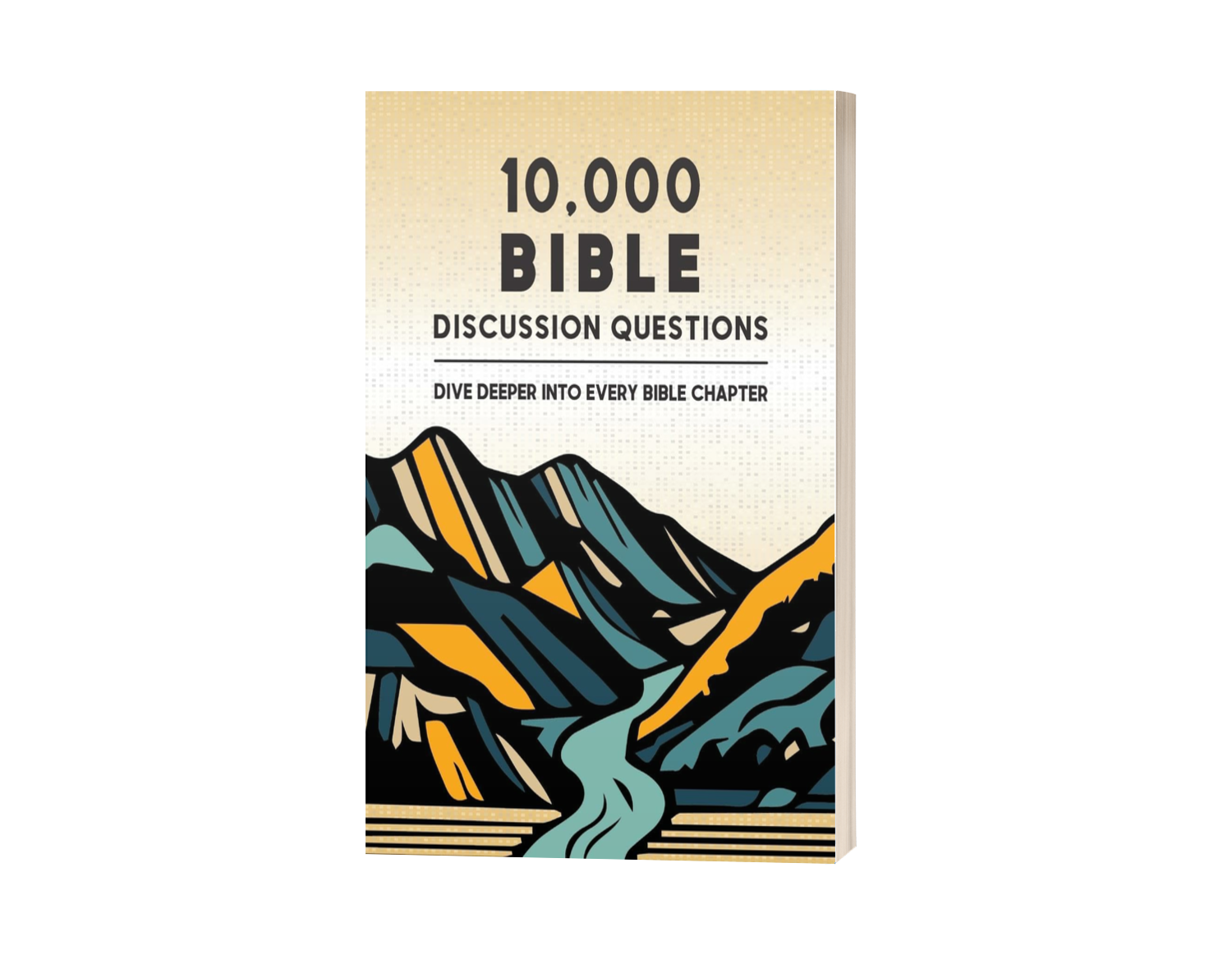Jeremiah Chapter 24 Summary
Sign of the figs. Judah's restoration, but not those of the second deportation.
Discussion Questions for Jeremiah, Chapter 24
- Why would the Babylonians only take the officials and the craftsmen away? In what kind of state would this leave Judah and Jerusalem? How is this in line with what Jeremiah has been prophesying?
- Why do you think that the Lord often uses imagery of planting and farming to convey a message? Why did the Lord use figs here when speaking to Judah?
- Along with the imagery used in the scriptures, what would be some other images believers could use in line with scripture to help communicate the truths of God we find in His Word to the lost?
- In verse 1 it says that “the Lord showed” (NASB) Jeremiah these baskets of figs. How does it seem that the Lord showed Jeremiah this imagery of figs? What are some other modes that the Lord used in scripture to communicate a prophecy?
- Who is it that these figs are revealed to represent? Why is it that one group is accepted as good figs and the other rejected as bad figs? What have these “figs” done to be designated as good and bad?
- The good figs in verse 3 are called “very good” (NASB). When in the story of creation in Genesis was one of God's creations called “very good”? How does the description of the “very good figs” of verses 6 & 7 relate to the relationship of God and man before sin entered the world, before Adam and Eve were cast out of the land of Eden?
- Why is the punishment for the “bad figs” in verses 8-10 so severe? How is the punishment of this group of people being stuck down and “eliminated from the land” (v. 10, NASB) similar to the punishment for the first sin of Adam and Eve?
- Why were the “the remnant of Jerusalem who remain in this land, and the ones who live in the land of Egypt” regarded as bad figs and punished like the corrupt king and officials of Judah? What was God's promise in Jeremiah 21:8-10? Why was it also punishable to rely on Egypt for shelter?
- In verse 9, why is it that this disobedient remnant of Judah is made into such an example “for all the kingdoms of the earth” (NASB)? How might this be a merciful act for these other nations to see God's judgment?
- God gives the people described as good figs “a heart to know” Him (v. 7, NASB). How is the heart of the bad fig person inclined? How are believers today given a heart to know the Lord, when our hearts were like that of the bad fig group? How does Paul describe this process in Romans 2:28-29 and Romans 5:5?

Key Words/Phrase
Good and evil figs, v. 3.
Characters
Jeremiah, Nebuchadnezzar, Jeconiah, Zedekiah.

